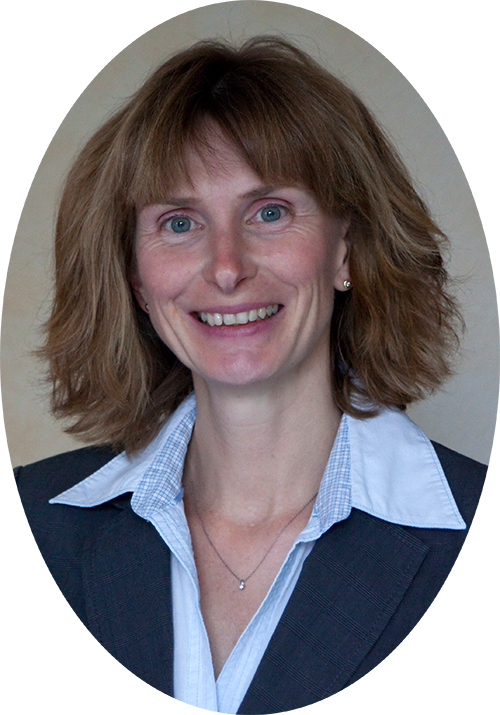



Dr. Andrea Matros (IIPK-Gatersleben - Applied Biochemistry – Germany) is the Coordinator of the ERA-IB-2 funded Anthroplus project. The project with a budget of €1.6 M was funded under the 4th Joint Call of ERA-IB-2. Researchers from UK, Norway and Germany worked together on the production and purification of anthocyanins-natural colorants, applied in the medicine, food industry and cosmetics. Having an excellent research concept, a communication plan to inform and attract potential customer was key to the project’s success.
In focus: The ANTHOPLUS project took communication seriously
Communication is a practical endeavor and you learn the most by doing it. ERA CoBioTech talked to Dr. Andrea Matros (IIPK-Gatersleben - Applied Biochemistry – Germany), Coordinator of the Anthroplus project, who shared her experience regarding communication aspects in a research project.
How important do you think communication and public outreach are for a research project?
I feel communication is very important for any research project. Communicating your strategies and project outcomes largely increases awareness of potential collaborators and/or customers. You cannot foresee the outreach for your project in the beginning, but if you get in contact with the right people, it may improve or even change your research directions.
How has communication increased the impact of your project?
In our project, we aimed to commercialize products from a new plant based production system, namely plant cell cultures. Our active communication strategy has helped to get in contact with other researchers, but more importantly with sales and R&D people from global playing companies. This has definitely helped us to define our envisaged market and to develop prospective strategies for commercialization.
What are the most difficult parts of communication and public outreach from a researcher's perspective?
The most difficult part is to really get recognized. It is not enough to just create a nice website or project card. You need to actively spread information via mailing lists, on exhibitions and conferences as well as through press releases. However, as a researcher you are not properly skilled for these activities, thus professional help is strongly needed.
Communication experts claim all members of the consortium should be involved in communication activities of the project. You decided to hire a professional to manage your communications.
Well, input of all consortium members is certainly needed as most consortia are built complementary. However, finding the right communication tools and the realization of them should be in the hands of experts. This is a matter of competing competencies and time.
Why did you hire a professional and what benefit do you see in this?
We simply recognized a skills and time problem. One cannot perform excellent academic research and at the same time be good in applying various communication tools. There exist a plethora of companies offering a broad portfolio of communication tools, and additionally every scientific organization has its own public relations department. We took advantage of both elements. Our website was designed by a professional, while project cards, press releases and materials for exhibitions were created by our public relations department(s) in collaboration with research experts. The added value is that you have more time for your research and it looks more professional. Also, professionals take care of legal aspects, such as trademarks, copyrights and so on, which is often not in the focus of academic researchers.
What are the lessons learned from working with the professional, which you can use in the future without his assistance?
The most important lesson I have learned is “less is more”. If you are working together with people from other professional fields you need to learn to express your message in easy and simple words/images. It is about attracting people from a broad audience to your topic and not about providing details in the first instance.